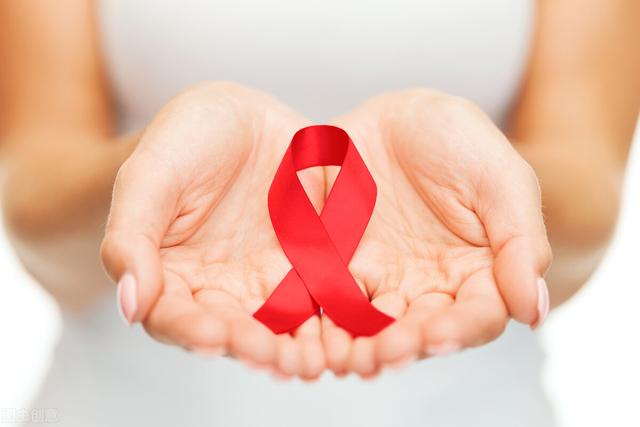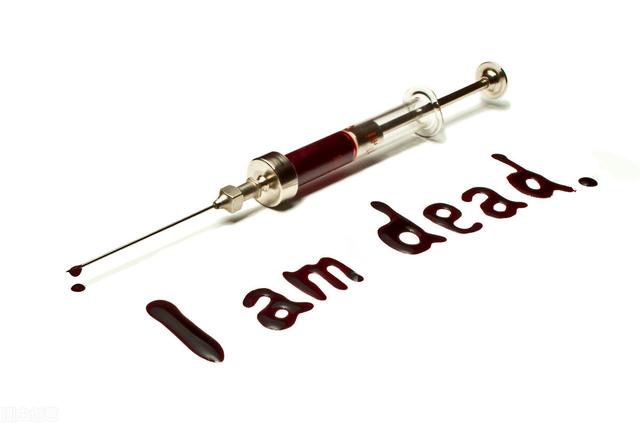Can HIV be passed on to the next generation?
AIDS is a serious infectious disease with an extremely high mortality rate. Once infected, many people will never be able to get rid of it. After all, there is no cure for it yet, and there is no way to completely eradicate it. HIV is mainly found in the infected person's blood, semen, vaginal secretions, breast milk and other bodily fluids, so it is spread through sexual contact, blood and mother-to-child transmission. The vast majority of infected people take 5-10 years to develop into patients, and usually die within 2-3 years after the onset of the disease.

AIDS in a nutshell
AIDS is a highly specific and malignant infectious disease with a high mortality rate due to a combination of diseases caused by a reduction in the body's immunity. AIDS occurs on the basis of the invasion of the immune system and the central nervous system by the AIDS virus, and involves all tissues and organs of the human body, with a wide variety of complex clinical manifestations, whose distinctive feature is the patient's defective immune function, in particular.Impaired cellular immunityAnd various opportunistic infections and malignant tumors of the lymphatic system occur. HIV infection early will appear oral mucosa hairy white spot symptoms, because this condition is rare, but in AIDS patients are more common, can be used as an important basis for the judgment of AIDS, but can not be used as a diagnosis of AIDS criteria. The diagnosis of AIDS can only be determined by pathogenetic testing or serologic testing.
AIDS is clinically categorized into four phases from the time of infection with the virus to the onset of the disease: the acute infection phase, the incubation phase, the pre-AIDS phase, and the typical AIDS phase.
Not every infected person will present with all four phases in their entirety, but each stage of the disease can be seen clinically in patients. The different clinical manifestations of the four periods represent a progressive and coherent course of disease development.

Can AIDS be passed on to the next generation?
In fact, AIDS is an infectious disease, not a genetic disease, so that AIDS will not be passed from parent to offspring. Genetic diseases are those caused by alterations in genetic material or controlled by genes, including congenital stupidity, congenital deafness, hemophilia, etc. These genetic diseases are entirely determined by genetic factors.
AIDS is an infectious disease caused by the HIV virus that infects the human body. HIV can infect offspring through mother-to-child transmission in the following ways:Women living with HIV infect their fetuses through the placental bloodstream during pregnancy, their newborns through the birth canal during delivery or through microscopic wounds on the body surface during cesarean sections, and their fetuses through breastfeeding during lactation.Without any intervention, the chance of a female HIV-infected person giving birth to a baby with AIDS is about 25-30%, however, there are now well-established mother-to-child interruption (MTCT) programs, and with effective MTCT interventions under the guidance of a medical professional, the chance of a female HIV-infected person giving birth to a baby with AIDS is less than 2%, and can even reach zero if done properly.

source of AIDS infection
AIDS patients and HIV carriers. HIV exists in the body fluids and organs and tissues of infected people, and the blood, semen, vaginal secretions, breast milk and wound exudate of infected people contain a large amount of HIV, which is highly infectious. Tears, saliva, sweat, urine, feces, etc., when not mixed with blood and inflammatory exudate contain very little of this virus and are not infectious.
AIDS prevention
1. Self-cleansing and adherence to sexual ethics are fundamental measures to prevent the transmission of HIV through sexual means.
2. Avoid getting the blood of the injured person during daily ambulance service.
3. Do not go to medical institutions or other places that are not strictly sterilized for injections, tooth extraction, ear and eye piercing, tattooing, eyebrow tattooing, acupuncture or surgery.
4, generally just have sex using condoms properly. Don't have sex with people in high-risk groups. Don't do drugs and homosexuality. Don't import foreign blood products in small hospitals. Don't get your teeth cleaned at small clinics. Ordinary hand-holding and dry kissing won't be a problem.
Although HIV is a retrovirus and can integrate itself into the host genome, the cells it hosts are in immune cells, and germ cells are not affected, so it does not mix into the genome to be passed on to the next generation. However, when infected with HIV, the virus may be present in all body fluids, and the virus can be passed on to the baby along with the mother's body fluids, so mother-to-child transmission is exactly one of the three major routes of HIV transmission. This transmission is conditional and does not always occur.
First, in the case of a male, direct transmission does not occur unless the mother of the baby is infected first and then mother-to-child transmission is formed. Second, the placental barrier is a barrier to HIV and the probability of transmission occurring is not 100%. This probability can be further reduced by taking antiviral medication to lower the amount of virus active in the body, known as mother-to-child blockade.
If you are sure you want to have a baby, you can apply to your local CDC or maternal and child health care system to minimize the risk of passing HIV to the next generation by following the mother-to-child interruption process from the start of pregnancy to delivery.
This question and answer are from the site users, does not represent the position of the site, such as infringement, please contact the administrator to delete.